Daily Report Archives
Established in December 1993, the Nautilus Institute’s *N*ortheast *A*sia *P*eace and *S*ecurity *N*etwork (NAPSNet) Daily Report served thousands of readers in more than forty countries, including policy makers, diplomats, aid organizations, scholars, donors, activists, students, and journalists.
The NAPSNet Daily Report aimed to serve a community of practitioners engaged in solving the complex security and sustainability issues in the region, especially those posed by the DPRK’s nuclear weapons program and the threat of nuclear war in the region. It was distributed by email rom 1993-1997, and went on-line in December 1997, which is when the archive on this site begins. The format at that time can be seen here.
However, for multiple reasons—the rise of instantaneous news services, the evolution of the North Korea and nuclear issues, the increasing demand for specialized and synthetic analysis of these and related issues, and the decline in donor support for NAPSNet—the Institute stopped producing the Daily Report news summary service as of December 17, 2010.

READING KIM JONG UN’S LIPS: WHAT IS HIS PLAYBOOK AND INTENTION WITH NUCLEAR WEAPONS? PATRICK MCEACHERN DECEMBER 20 2017 I. INTRODUCTION In this essay, Patrick McEachern argues: “Unlike his father and grandfather, Kim Jong Un began his reign with an unambiguous and tested first generation nuclear weapons capability. Contrary voices publicly articulating the trade-offs associated […]
Go to the article
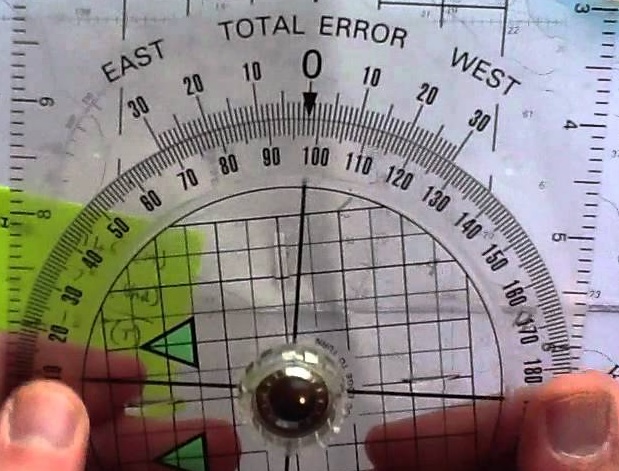
PETER HAYES DECEMBER 15, 2017 I. INTRODUCTION In this essay, Peter Hayes argues: “We know that a nuclear free Korean Peninsula is linked to the entire region and cannot be achieved alone by the two Koreas. We need to choose which ports we are headed to and then adapt to the prevailing winds along […]
Go to the article
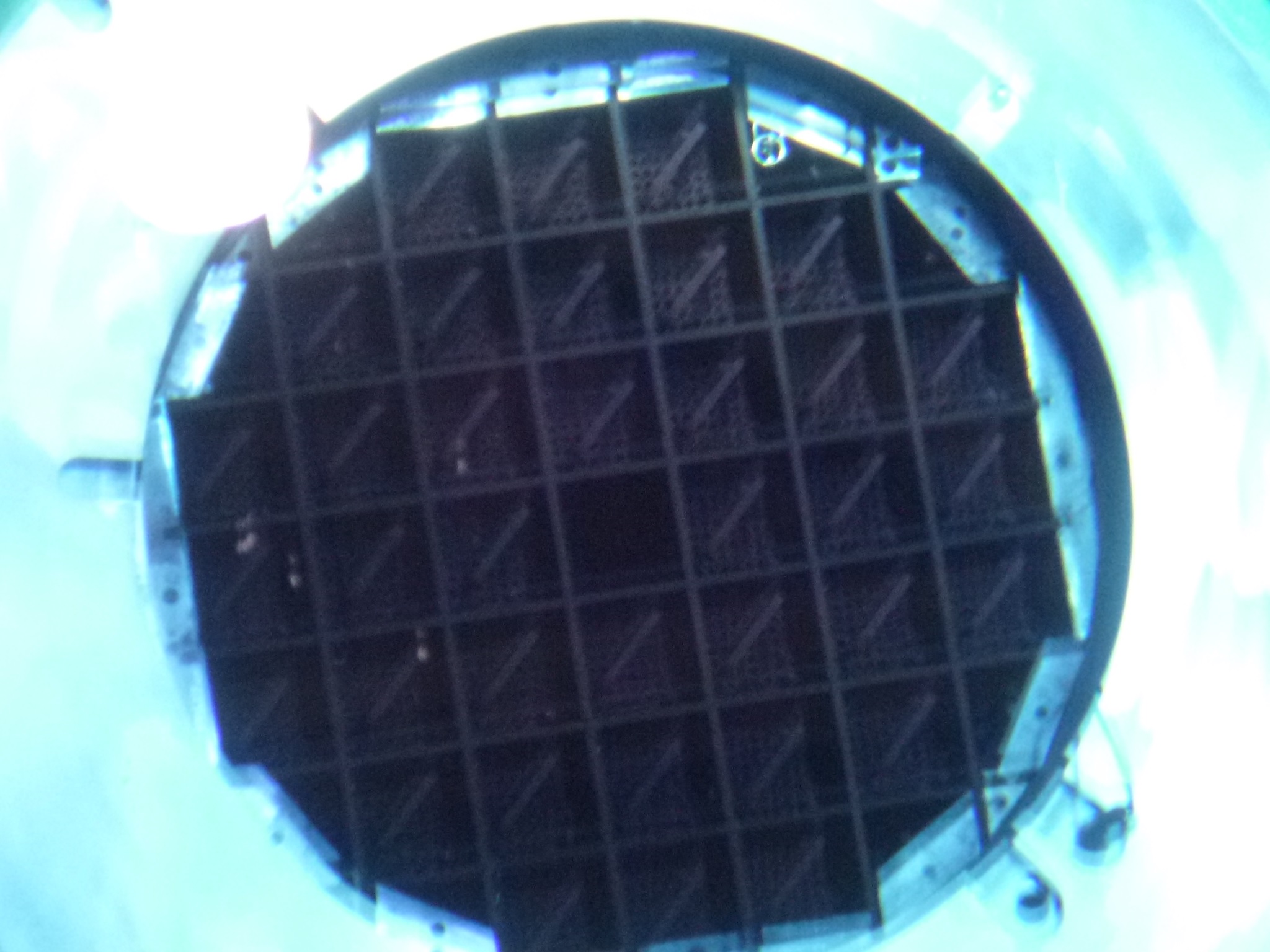
NOBUYASU ABE DECEMBER 8, 2017 I. INTRODUCTION In this essay, Nobuyasu Abe concludes that “it may be useful to have international arrangements to share the supplies and material in case of [a nuclear terrorist attack] emergency. Cooperation among regional neighbors is a logical conclusion given the advantage of having emergency supplies in the nearby neighborhood. […]
Go to the article
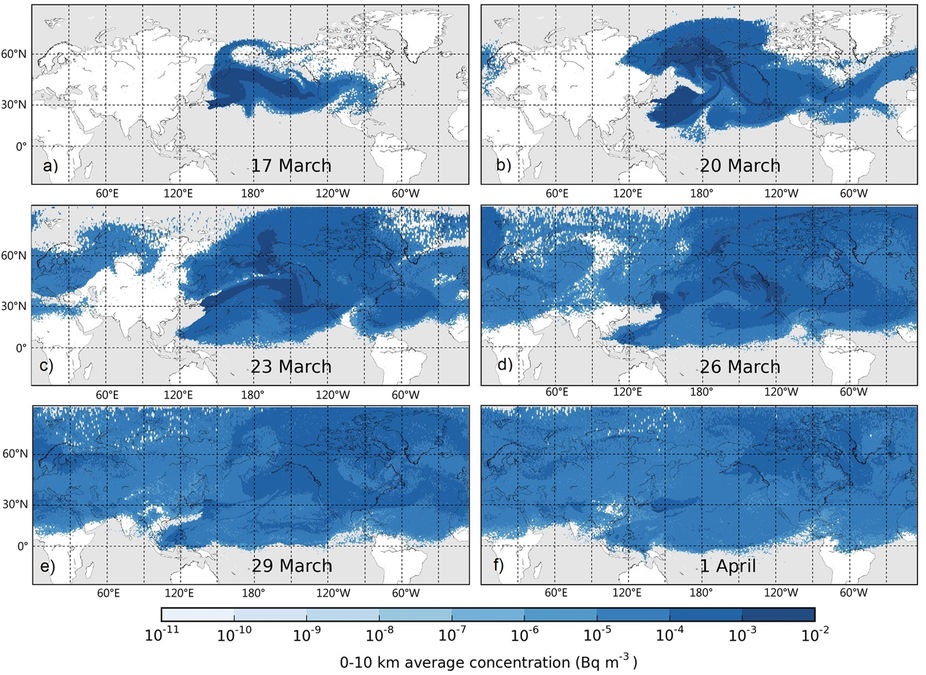
JUNGMIN KANG NOVEMBER 30, 2017 I. INTRODUCTION In this essay, Jungmin Kang estimates inventories of radioactive material in spent fuel pools in South Korea that might be attacked by terrorists. He analyses radiological plumes under prevailing winds at different seasons. He concludes that: “Cooperation among relevant countries in the region to reduce the risk […]
Go to the article
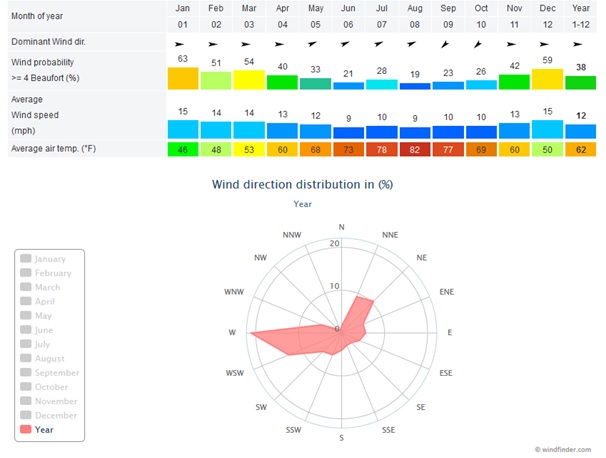
DAVID VON HIPPEL AND PETER HAYES NOVEMBER 23, 2017 I. INTRODUCTION In this report, David von Hippel and Peter Hayes explore several scenarios for radiological releases, in order to estimate the potential impacts of an accident or attack, and thus the potential benefits in measures taken to avoid those impacts. The modelling shows that […]
Go to the article
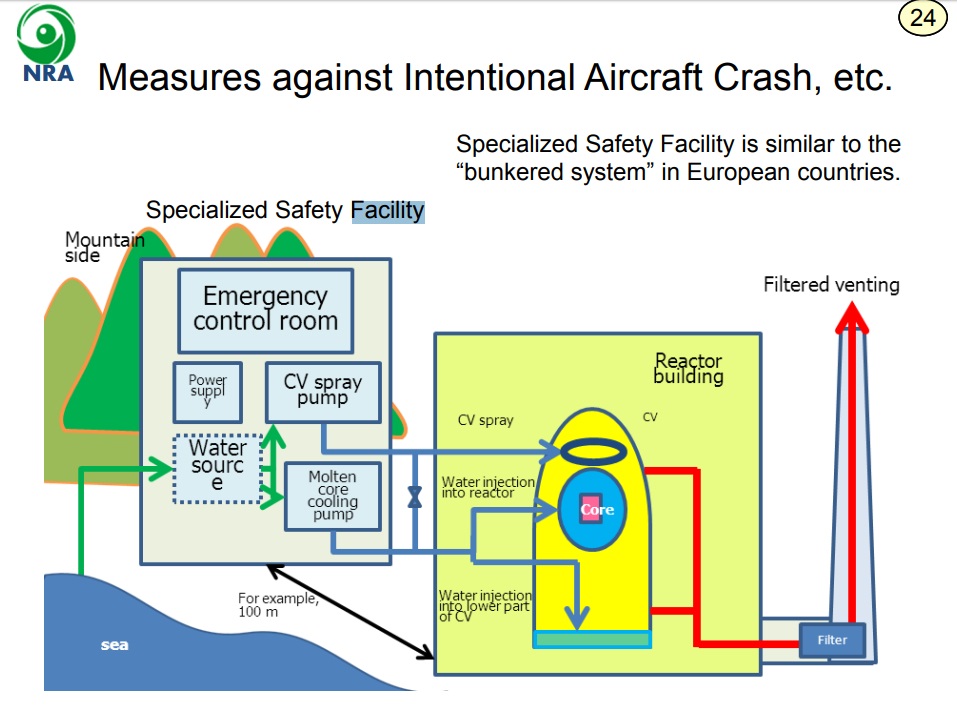
MASAKATSU OTA NOVEMBER 16, 2017 I. INTRODUCTION In this essay, Masakatsu Ota examines measures taken by Japan’s nuclear sector since the Fukushima catastrophe to upgrade nuclear security, in particular, Specialized Safety Facilities, and Personnel Reliability System. Ota argues that two further steps are needed to overcome evident deficiencies that still exist, viz, strengthening newly […]
Go to the article

HUI ZHANG NOVEMBER 10, 2017 I. INTRODUCTION In this essay, Hui Zhang reviews the status of spent fuel storage in China. He suggest that China should take steps to improve physical protection, reduce insider threats, promote a nuclear security culture, and improve nuclear cyber security. He also recommends China, South Korea, and Japans’ nuclear security […]
Go to the article

SCENARIOS OF INSIDER THREATS TO JAPAN’S NUCLEAR FACILITIES AND MATERIALS – AND STEPS TO STRENGTHEN PROTECTION MATTHEW BUNN NOVEMBER 2, 2017 I. INTRODUCTION In this essay, Matthew Bunn reviews scenarios of insider threats to Japan’s nuclear facilities and materials, and measures to strengthen protection. He concludes: “No one has all the answers about how […]
Go to the article

PREVENTIVE AND PROTECTIVE MEASURES AGAINST INSIDER THREATS AT NUCLEAR FACILITIES IN KOREA JEONG-HO LEE OCTOBER 27, 2017 I. INTRODUCTION In this essay, Jeong-ho Lee describes the steps taken in the Republic of Korea to implement the advice of the International Physical Protection Advisory Service and national nuclear security legislation and policy. The ROK, he […]
Go to the article
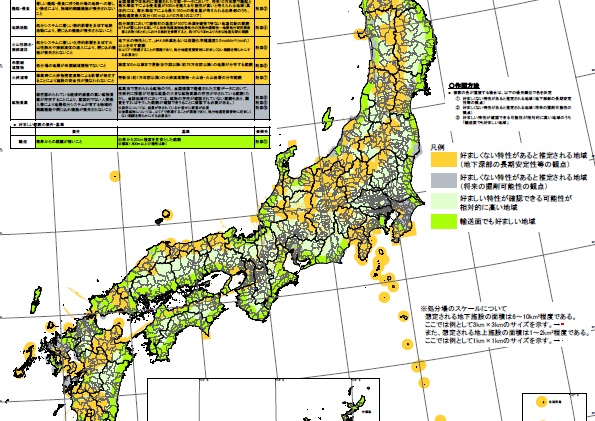
KAE TAKASE AND DAVID VON HIPPEL October 20, 2017 I. INTRODUCTION In this report, Kae Takase and David von Hippel review the history and current status of interim storage of spent nuclear fuel in Japan. They examine the obstacles to changing current policy, and note that transparency of policy formation related to spent fuel storage […]
Go to the article











